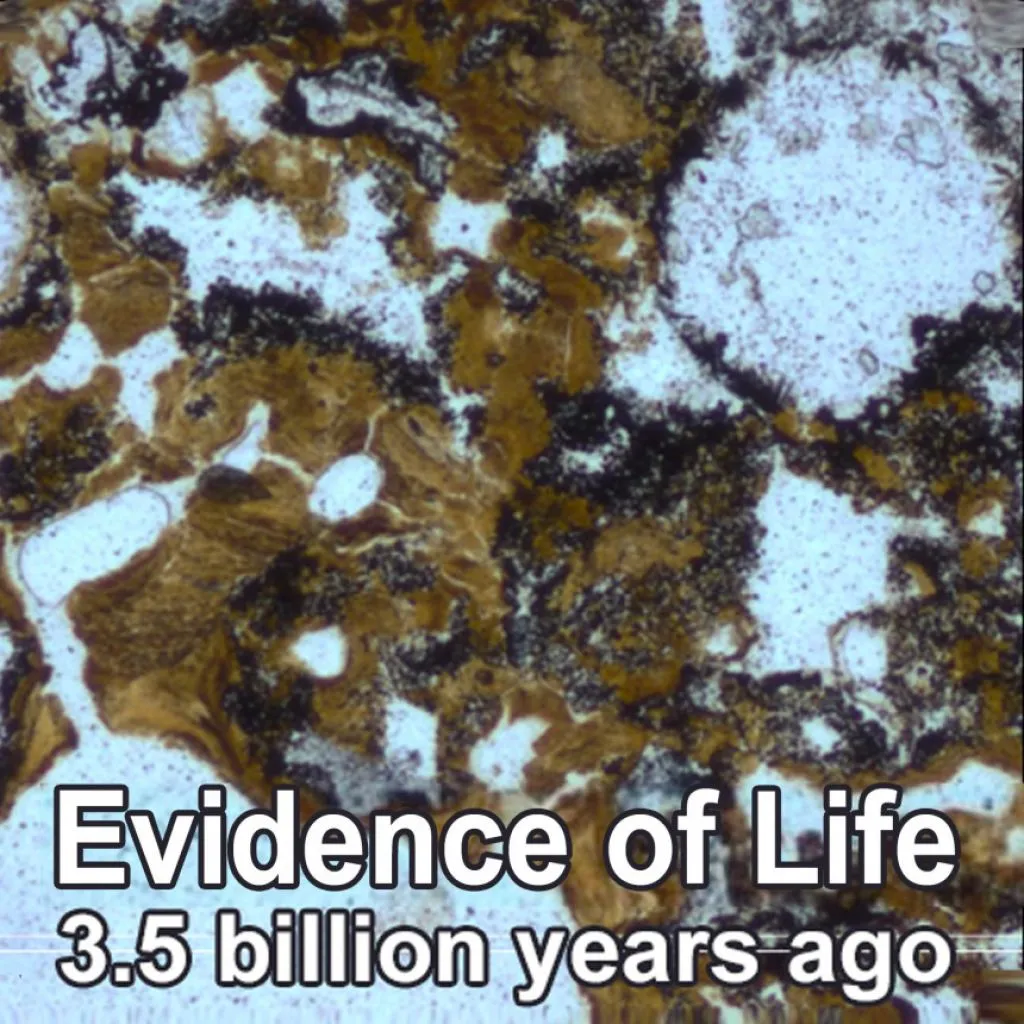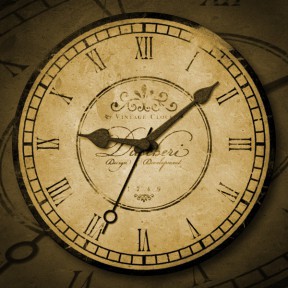
Evidence of Life
In the natural sciences, abiogenesis, the question of the origin of life, is the study of how life on Earth might have emerged from non-life.
Scientific consensus is that abiogenesis occurred sometime between 4.4 billion years ago, when water vapor first liquefied, and 2.7 billion years ago, when the ratio of stable isotopes of carbon (12C and 13C ), iron and sulfur points to a biogenic origin of minerals and sediments and molecular biomarkers indicate photosynthesis.
This topic also includes panspermia and other exogenic theories regarding possible extra-planetary or extra-terrestrial origins of life, thought to have possibly occurred sometime over the last 13.7 billion years in the evolution of the Universe since the Big Bang.
Origin of life studies is a limited field of research despite its profound impact on biology and human understanding of the natural world.
Progress in this field is generally slow and sporadic, though it still draws the attention of many due to the eminence of the question being investigated. Several theories have been proposed, most notably the iron-sulfur world theory (metabolism first) and the RNA world hypothesis (genetics first).
The ca. 3.48 Ga Dresser Formation, Pilbara Craton, Western Australia, is well known for hosting some of Earth’s earliest convincing evidence of life (stromatolites, fractionated sulfur/carbon isotopes, microfossils) within a dynamic, low-eruptive volcanic caldera affected by voluminous hydrothermal fluid circulation.
However, missing from the caldera model were surface manifestations of the volcanic-hydrothermal system (hot springs, geysers) and their unequivocal link with life.
Here we present new discoveries of hot spring deposits including geyserite, sinter terracettes and mineralized remnants of hot spring pools/vents, all of which preserve a suite of microbial biosignatures indicative of the earliest life on land.
These include stromatolites, newly observed microbial palisade fabric and gas bubbles preserved in inferred mineralized, exopolymeric substance.
These findings extend the known geological record of inhabited terrestrial hot springs on Earth by ∼3 billion years and offer an analogue in the search for potential fossil life in ancient Martian hot springs.
Four and a half billion years ago, the young Earth was a hellish place—a seething chaos of meteorite impacts, volcanoes belching noxious gases, and lightning flashing through a thin, torrid atmosphere.
Then, in a process that has puzzled scientists for decades, life emerged. But how? Mineralogist Robert Hazen as he journeys around the globe.
From an ancient Moroccan market to the Australian Outback, he advances a startling and counterintuitive idea-that the rocks beneath our feet were not only essential to jump-starting life, but that microbial life helped give birth to hundreds of minerals we know and depend on today.
It's a theory of the co-evolution of Earth and life that is reshaping the grand-narrative of our planet’s story.















































